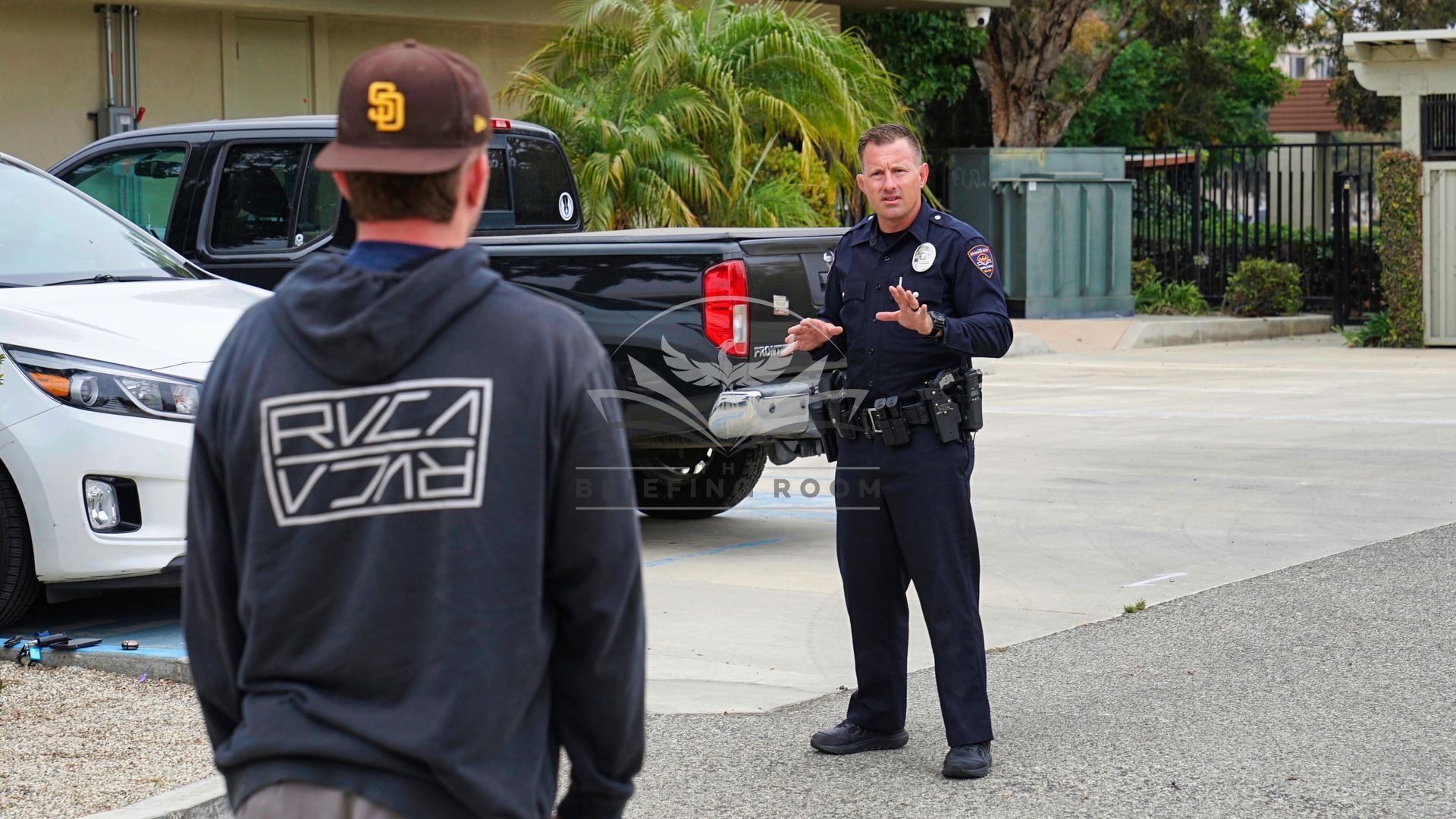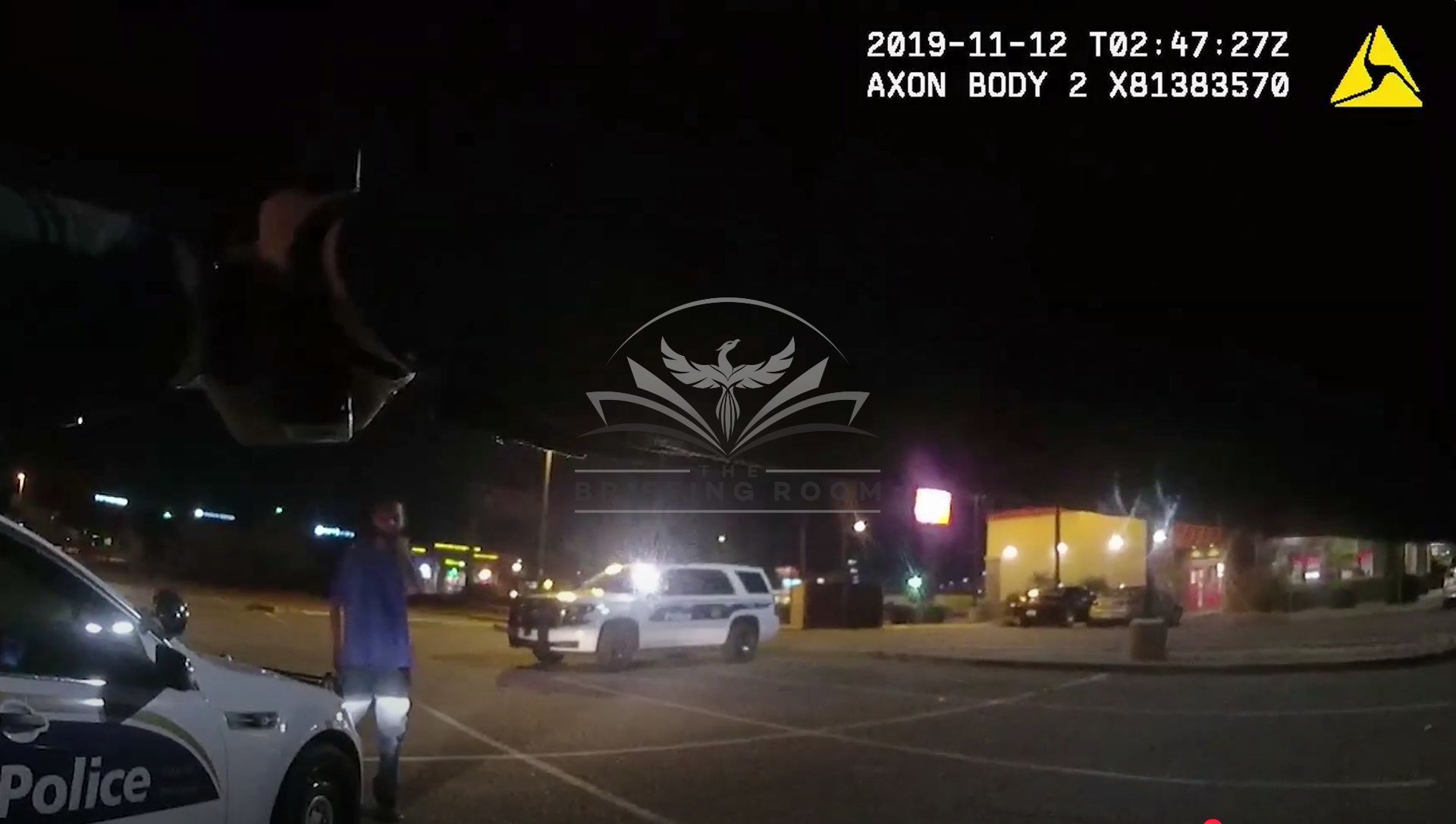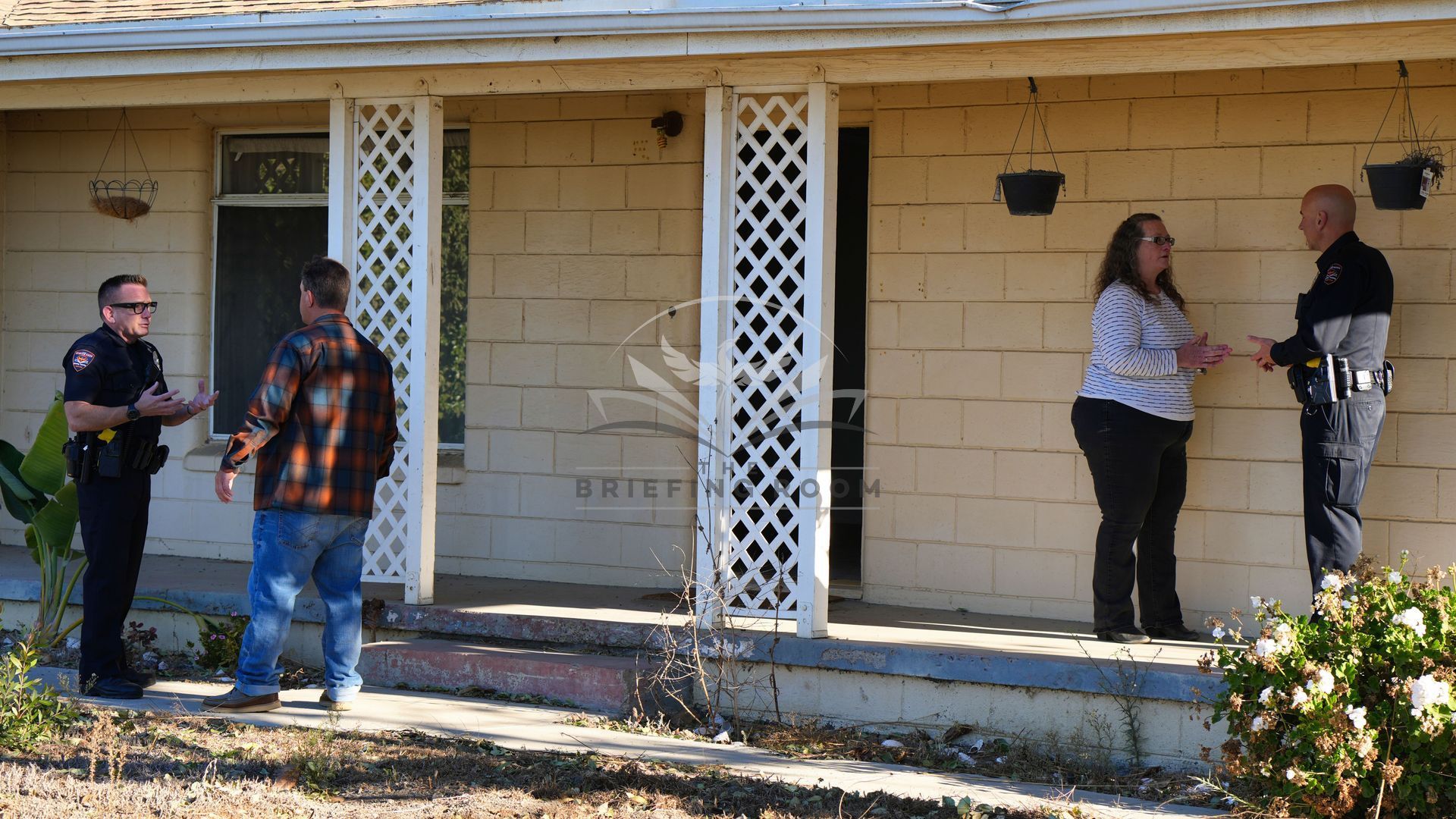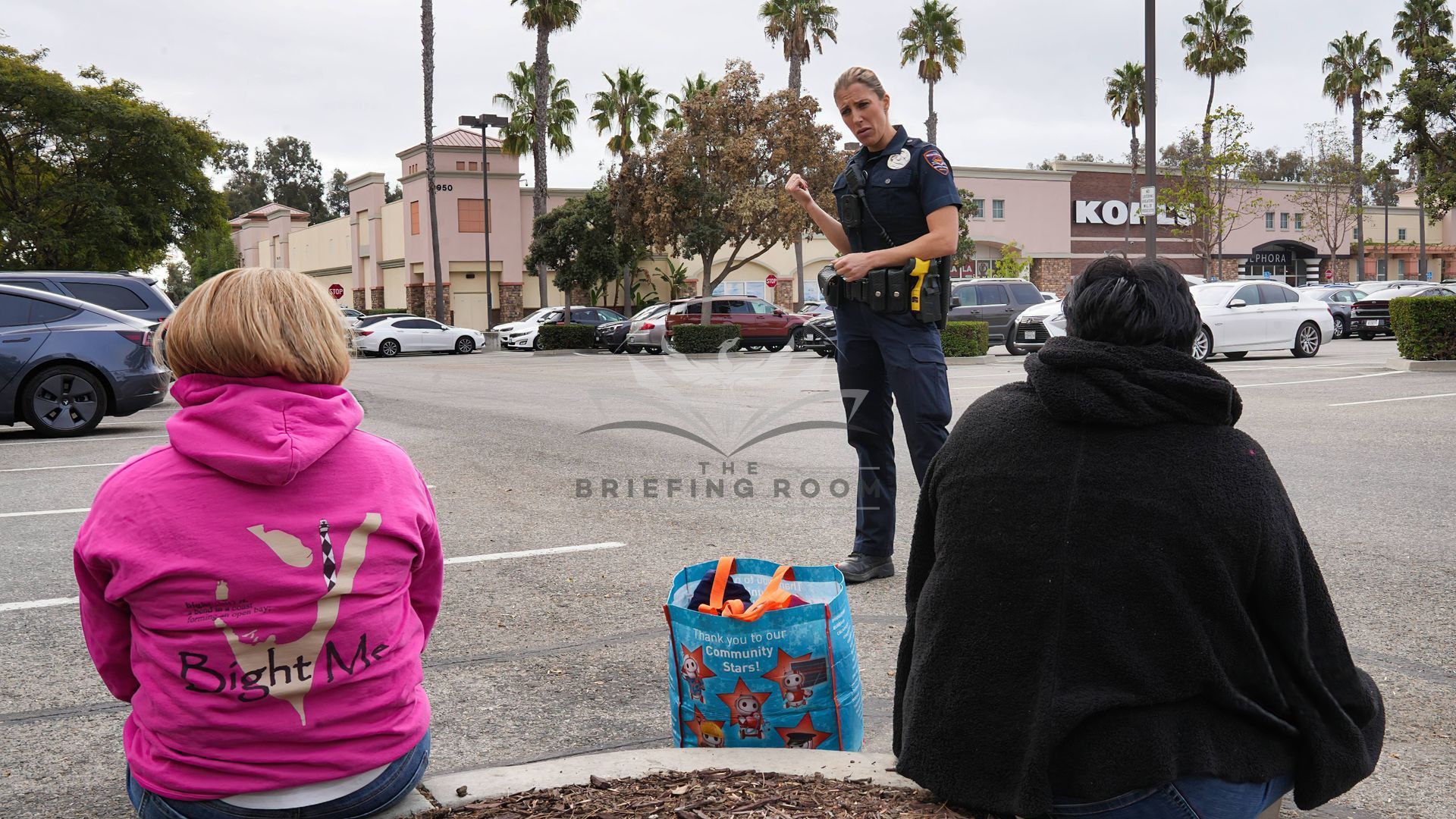Documenting De-Escalation

This post is only offered as a discussion topic only and does not represent legal advice. Officers must refer to the laws in their own State as well as their agency's policies, which can be more restrictive on officers that the law requires.
Scenario: There is an officer working patrol and you respond to a call of a subject disturbing.
When the officer arrived on scene, they determined a crime was committed and tried everything they could to de-escalate the situation but still had to use force to take him into custody. Now the officer is sitting down to write their report and wants to make sure they're as thorough as possible.
Guide: Documenting De-Escalation
One of the most commonly overlooked sections of use of force reports is documenting the de-escalation attempts that were made. There are many things officers naturally do to calm situations down but they don't recognize them as "deescalation techniques".
This includes
giving the suspect time and distance,
repositioning yourself to increase safety,
talking to build rapport,
active listening,
displaying empathy,
giving the person time to vent their frustrations,
changing who the contact officer is and
removing family from the scene if they're aggravating the situation.
Even pointing weapons at a person can be deescalation if it causes the person to change their behavior for the better.
Plan: In every use of force report, the word "de-escalation" should appear. If an officer was unable to attempt de-escalation techniques due to circumstances outside of their control, explain that. If the officer did use de-escalation techniques, including some of the ones I just mentioned, they should say what they specifically did. An officer's report should never just say that they "tried to de-escalate." The officer should explain what exact actions they took and what exactly the suspect's response was to those actions.
So remember, when writing use of force reports, always include the word "de-escalation" and be as detailed as possible about the actions taken.
The Briefing Room has a short training video available on this exact scenario so agency supervisors can easily train every officer in your agency on this essential topic.
90-Second Training Videos Your Supervisors Use During Briefing or Roll Call To Develop High-Performing Teams of Officers.
✅ Lower Liability
✅ Retain Officers
✅ Build Community Support
🌟 Produced Exclusively by Active-Duty Law Enforcement Instructors 🌟
© 2024 THE BRIEFING ROOM
Site Design by Solmark Creative | Development by Adam Wills Marketing



